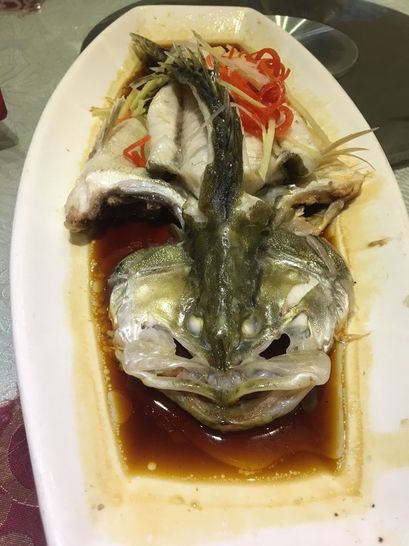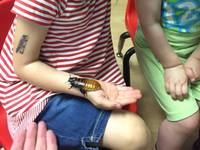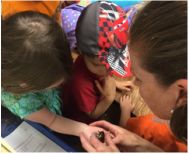The grant, if funded is relatively small. A million dollars. A million dollars is small?? Yes!! It is. The work needs to be managed by someone - so we need a project manager, we need to improve our capacities for qualitative research, and for training of members of search committees and POOF, it's all gone. As part of the program, we are (rightly) required to conduct internal (formative) evaluation and external (summative) evaluation as well. Add those expenses in and we're way over budget. Happily, the administration wants this work done, and wants to support the efforts, so they are prioritizing covering some of the personnel costs. I think it's got the budget in a reasonable state, where the work we're proposing can actually be accomplished.
Why me, you might ask? Why am I leading this effort? Well, I've been working on gender equity, and thinking about that writ large, for 10 years now, and I feel really lucky to have developed strong relationships across the university in that time. While I'm not the disciplinary expert, I work with the disciplinary experts well. Folks in the Provost's office, folks in Equal Opportunity, folks in Institutional Research, folks in the VP for Diversity office, the STEM center, not to mention colleagues from other STEM disciplines... They are _great_. I feel so lucky to be able to draw on all their expertise. Fingers crossed we can finish this proposal strong and get funded. The competition will be fierce, I'm sure!




 RSS Feed
RSS Feed
